
Warning: This article contains graphic details.
Back in June, the Flathead Beacon and Singletracks reported that Brad Treat was killed by a Grizzly Bear while mountain biking in Montana. Treat was a US Forest Service law enforcement officer, and a Forest Service review board recently concluded its investigation into the accident.
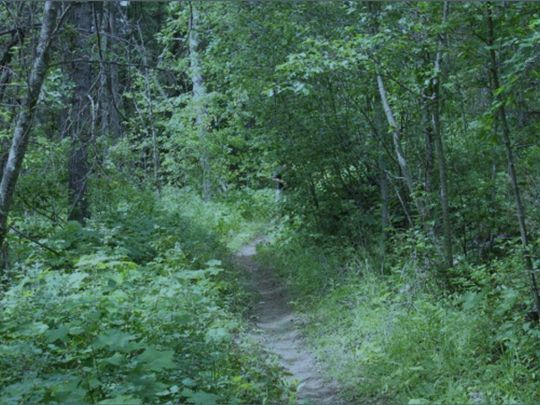
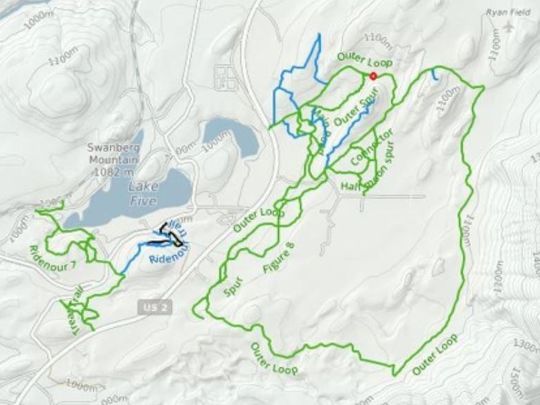
According to the findings, Treat was riding with a friend on the “Outer Loop” in an area known as the Green Gate Trails, traveling about 20-25mph when he rounded a corner and unexpectedly collided with the bear. Treat’s wife noted he was a competitive rider who often tried to best his personal record, so riding this fast on a familiar trail was not uncommon for him.
According to the Great Falls Tribune,
The collision hurtled Treat into and then over the handlebars of his bike and either onto or over the bear. The investigation indicated the impact caused Treat to break both of his wrists and his left scapula as he tried to break his fall with his hands.
Based on Treat’s riding partner’s account, investigators believe the bear was injured in the collision as well. Treat’s partner went for help and when emergency personnel returned, they found Treat’s body bitten to pieces, though it didn’t appear the bear consumed any part of the body.
[see_also id=”183973″][/see_also]
Members of the review board concluded the attack was not predatory, but rather was the result of the bear being startled. Hair samples from the bear were tested to identify the animal, and investigators found no record of this particular bear having attacked any other humans in the past.
As a result of the investigation, the board of review released the following recommendations for bear safety:
- Stay vigilant
- Slow down
- Carry bear spray
- Make noise
- Don’t ride alone
- Never ride at dusk, dawn, or night
- Don’t think “it won’t happen to me”
- Remember bears live there and you are just a visitor










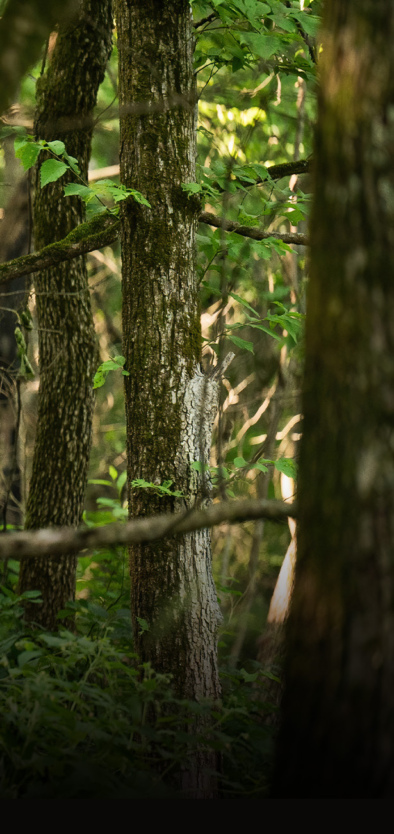

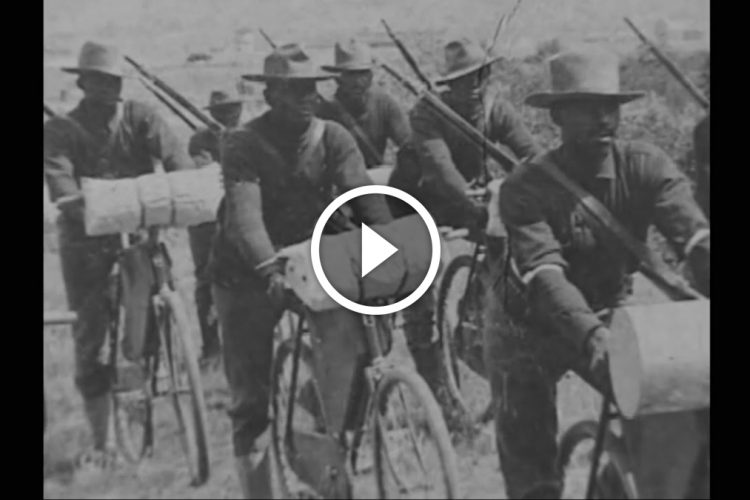

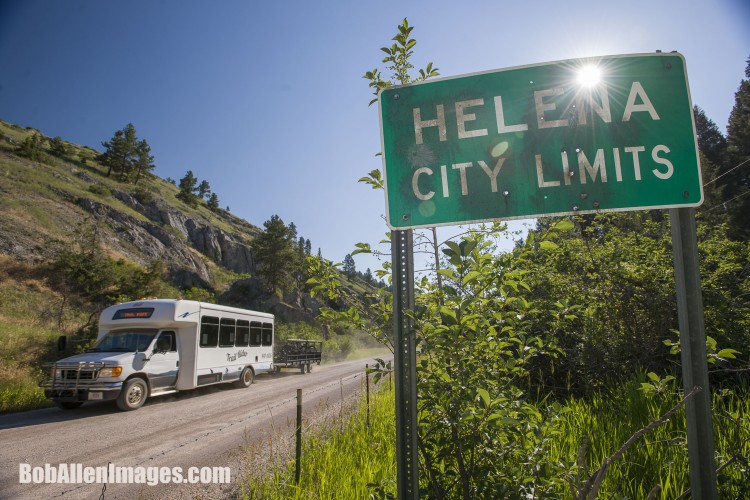

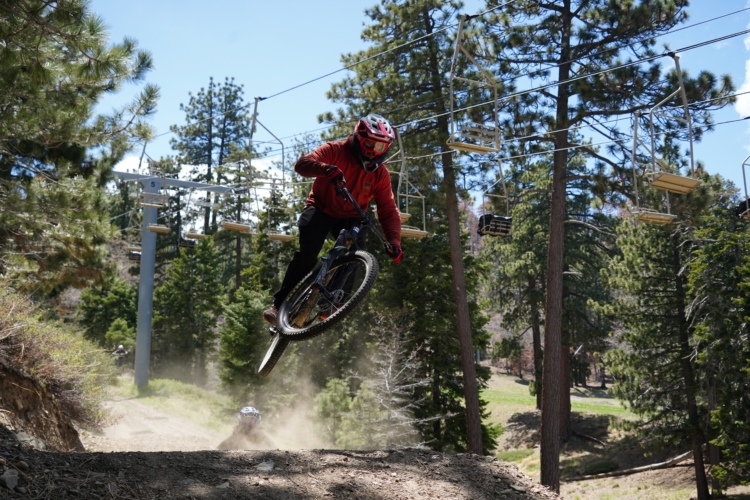
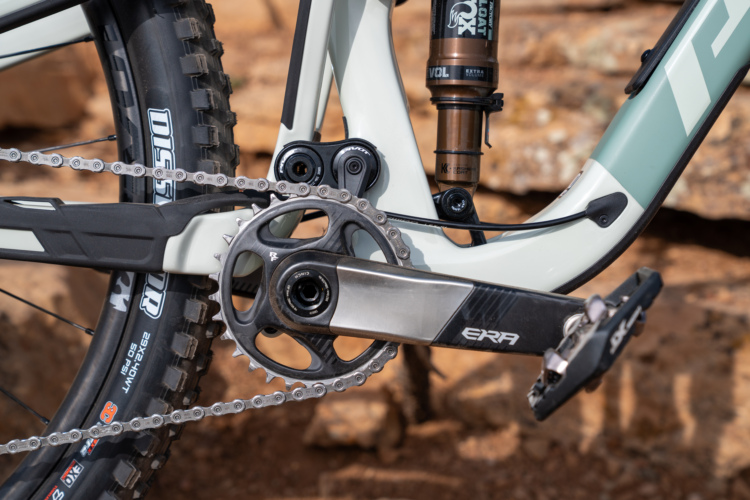
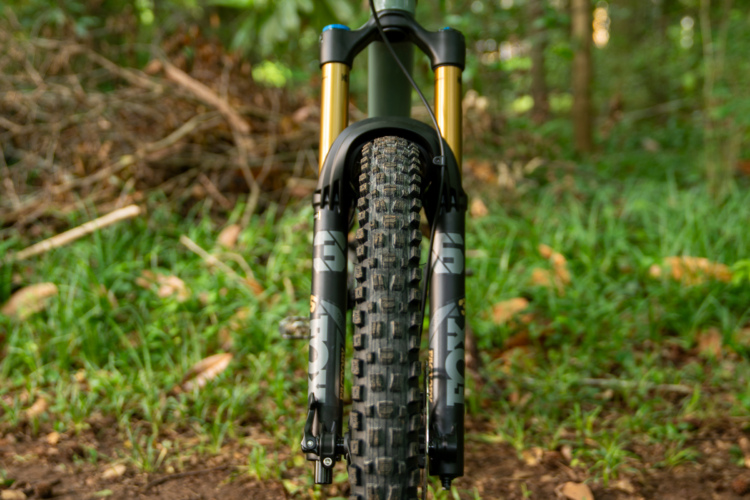
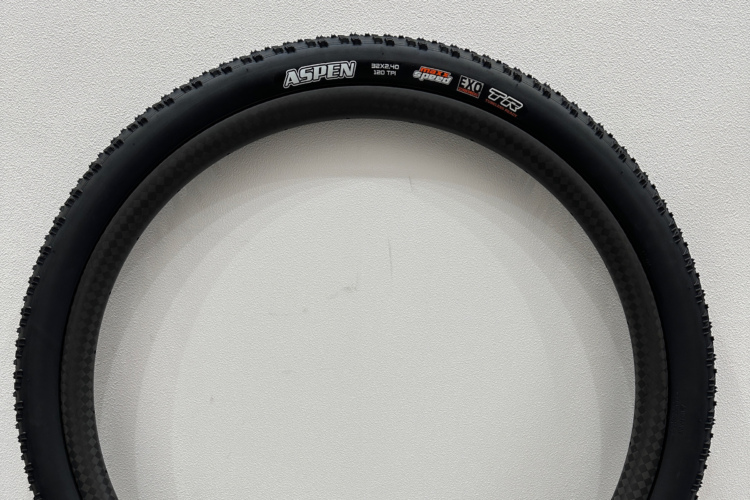

11 Comments
Mar 16, 2017
Mar 11, 2017
Horrible accident.
Mar 16, 2017
Mar 11, 2017
Also, like most mountain bikers, I love animals and the outdoors. However, I thought it was a little callous for the government report to state "Remember, bears live there and you are just a visitor." I realize that they are trying to encourage people to ride safely (and there other suggestions make practical sense), but the man who died also lived, loved, and worked in that area, too. He protected both people and animals in those mountains.I wouldn't really call him a "just a visitor." It was his home as well.
Mar 16, 2017
Mar 16, 2017
Mar 10, 2017
Jul 13, 2017
Mar 16, 2017
Mar 16, 2017
Mar 16, 2017